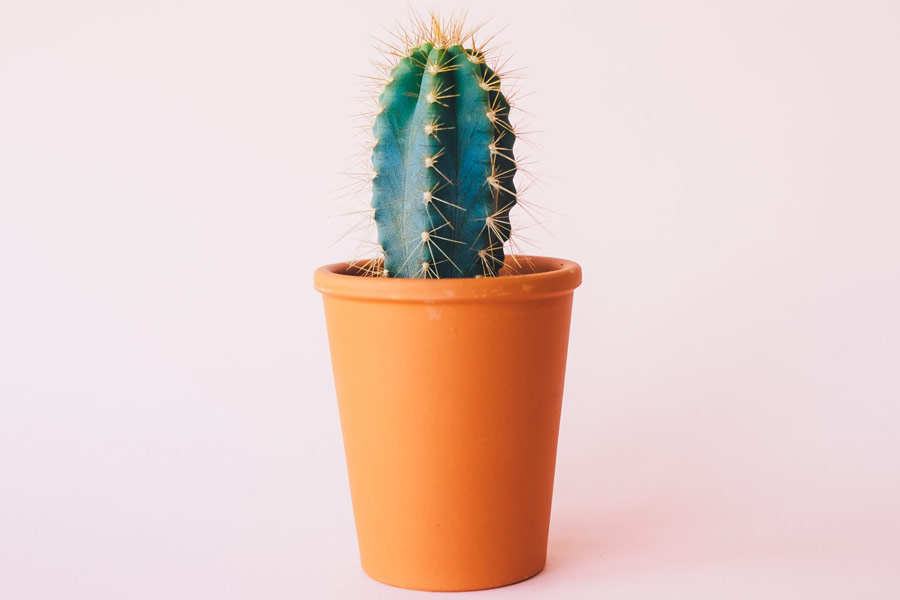Ah, the heart! ❤️ The symbol of romantic love. An appropriate topic for February 14th is Valentine’s Day. It was in the fifteenth century that today’s typical heart symbol was developed. With the establishment of Valentine’s Day, the use of the symbol exploded. Its popularity reached the ultimate pinnacle when the ❤️ became a verb! It’s used in marketing (I ❤️ NY) and even on television show titles (Bob ❤️ Abishola)! What a compliment for a noun to become a verb. Yes, you can find love almost anywhere, in the form of a ❤️. Even in nature…
The Natural Romantic
Many of us delight in finding “hearts” in nature. Stone beaches provide countless opportunities to find objects, such as this heart-shaped stone:
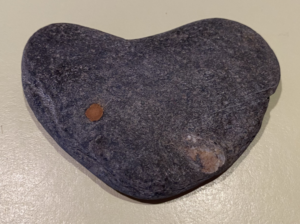
There are rock enthusiasts who spend their time searching for these treasures around the globe. If you search for “heart-shaped rocks” on the internet, a lot of sites come up. We humans are fascinated by oddly shaped rocks. Heart-shaped rocks are particularly desired.
How did the rocks come to have a heart shape? Perhaps a vein of another rock type ran down the middle of it and erosion created the indentation. There must be a lot of veins running through the rocks to produce the enormous number of heart-shaped rocks found around the world; there must be a regular circulatory system running through the ground!
People are encouraged to place heart-shaped stones around their homes to bring love and peace into their domicile.
Desert Love
Walking around my neighborhood, here in the Sonoran Desert, I’ve noticed the prickly pear cacti have joined in heart production.
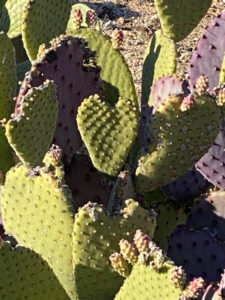
Many of the clusters have a pad in the shape of a heart.This nicely shaped heart was in my neighbor’s yard.
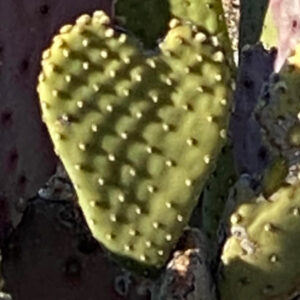
You can see several heart-shaped pads in this grouping. Perhaps this prickly pear has an abundance of love to share. Or perhaps the pads’ heart shapes are the result of damage early in the growth of the pads. An insect may have enjoyed taking a bite out of each of the pads when they were young and tender. Not all of the cactus pads are perfectly shaped, but we can forgive the insects’ lack of artistic ability.
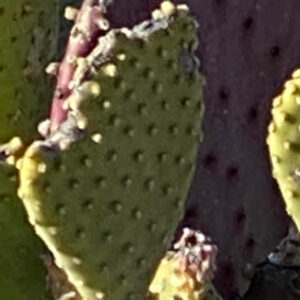
With the indentation off the side, this one looks more like a mitten or oven glove.
So, along with celebrating the loved ones in your life, be sure to celebrate our earth and the plants we share it with. They’re producing hearts for us and our enjoyment. And give us flowers every year. What more could you want? For more natural valentines, check out this website: https://eos.org/geofizz/heart-shaped-valentines-from-nature-to-you
